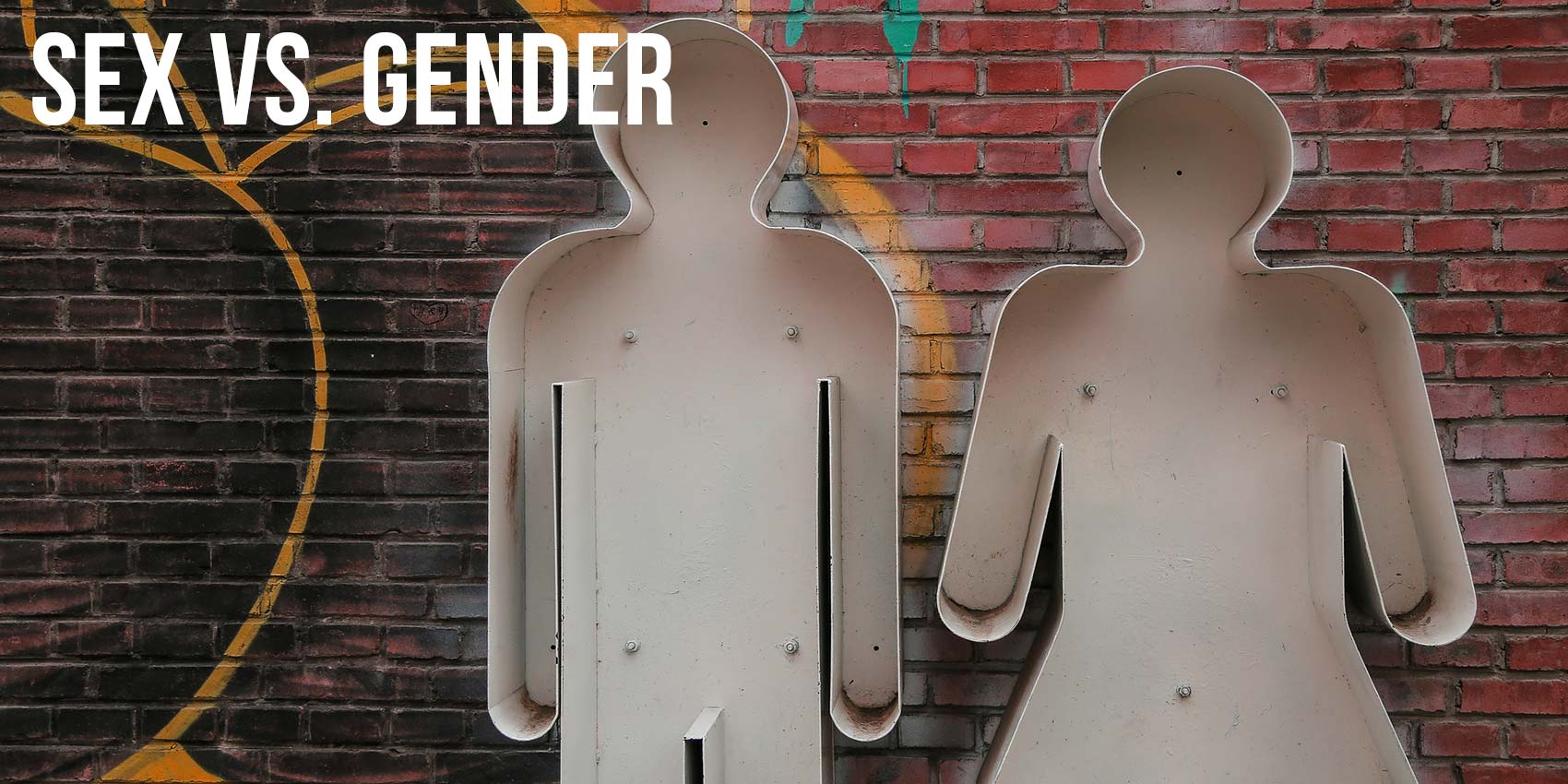21 Aug Sex vs. gender

The first step to understanding gender and your own gender identity is to distinguish your assigned gender from your sex. (Not sex as in the baby-making reproduction process, but sex as in the parts of your anatomy that make you male or female.)
Particular physical traits (called sex characteristics) that appear when you are growing inside of your mom, and after you enter the world, are what give doctors the go ahead on whether to mark you as a boy or girl on your birth certificate. Inside your mom, you became an embryo—a small cell that would multiply and grow into a baby. Within those cells, chromosomes were being created that were predetermining your sex. Every baby comes with sex chromosomes that ultimately decide whether you will grow into a boy or a girl. An XX chromosome pair will produce female traits and characteristics while a pair of XY chromosomes will produce male characteristics.
What kinds of characteristics differentiate male from female?
Hormone levels
Different internal reproductive systems
External genitalia
Different body shapes and builds
As you develop and go through puberty these physical traits become more prominent. Think: boys get facial hair, girls grow breasts, boys get taller, girls get curvy, etc. (Feel free to check out the Puberty Post if you need a refresher).
But these developments and traits are different from your gender. Your sex does not necessarily define your gender, although it can if you so choose. What’s the difference?
Our SEX is what we are born with, it is defined by the parts of our bodies which we cannot control.
Our GENDER includes the behaviors and roles our cultures expect from us based on our SEX.

DID YOU KNOW? Gender roles are social constructs. Social constructs means that they are created and developed by the people within a society – constructed within the culture. For example, in the United States, it is considered beautiful for women to paint their nails while in Japan it is considered beautiful for women to bind their feet, ultimately hiding their toes.
Other culturally constructed gendered behaviors and roles include:
Girls are polite
Boys are aggressive
Girls like dolls
Boys like cars
Girls are emotional
Boys don’t cry
If the doctors told your parents that you were going to be born a girl (because they saw all those sex characteristics forming in the womb), your parents may have gone home and started painting your future room pink.
By doing so, your parents demonstrated how closely our culture correlates sex with gender. The words SEX and GENDER are often used synonymously (interchangeably) because people assume they are the same thing.
But sex and gender are different things, and are defined by different systems (sex by your anatomy and gender by your culture’s norms).
GENDER EXPRESSION includes the ways in which someone chooses to express him/herself. From clothes, hairstyle, mannerisms, speech patterns, body language, social interactions, and choice of activities, we indicate to others our own gender identity.
You can choose how to express your gender based upon how you feel and what you want to express to the world. Gender is a part of your identity that is manifested in the way you express yourself and think and feel about yourself internally. (Whereas, sex is manifested only by your anatomy.)

DID YOU KNOW? Sex isn’t always easy to distinguish! Often referred to as “intersex,” some people are born with ambiguous external genitalia, reproductive organs, or sex chromosomes that do not clearly define them as male or female. Their sex may be ambiguous at birth or later on in life.



Post Question:
When you think of something a boy likes, what do you think? When you think of what girls like, what do you think?
Answer the post question here
What's being said